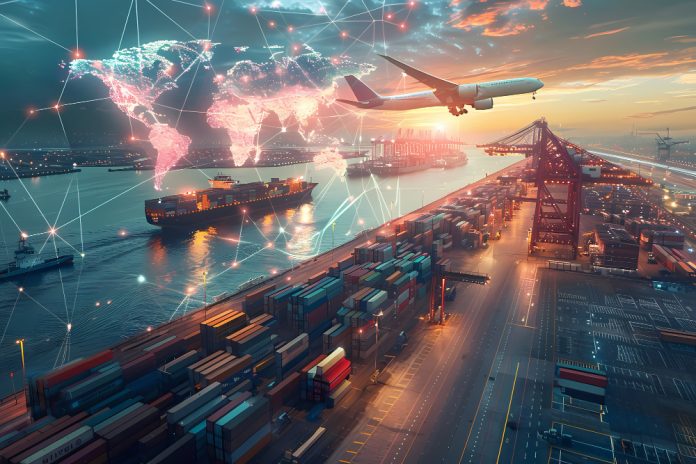Domestic content requirements have long challenged government contractors, with billions lost in False Claims Act settlements under past regimes. In the past, these regimes have used the “stick” method: if you don’t meet these country-of-origin requirements, you could face severe consequences (the billions in False Claims Act Trade Agreements Act settlements speak for themselves).
The Inflation Reduction Act (IRA) of 2022 takes a different approach, using country-of-origin rules as a carrot instead of a stick. For example, it gives certain energy facilities extra tax credits for meeting certain “domestic content” requirements. Congress used a lot of what the Government had learned from past domestic content regimes to make this new carrot. They mostly took ideas from the Federal Transit Authority’s (“FTA”) “Buy America” rules, but they added a twist from the Buy American Act. This has left the renewable energy industry with more questions than answers about whether the bonus tax credit applies to their facilities.
What Are IRA Domestic Content Requirements?
The Inflation Reduction Act (IRA) says that some energy projects that meet the IRA domestic content requirements may be able to get extra points on their Production Tax Credit (PTC) or Investment Tax Credit (ITC).
The IRA changed Sections 45 and 48 of the IRS Code, among other things, to include these domestic content preferences. Section 45 says that a taxpayer can get a 10% bonus credit for any “qualified facility” if they can prove that “any steel, iron, or manufactured product that is a component of such facility (upon completion of construction) was produced in the United States (as determined under section 661 of title 49, Code of Federal Regulations).” 26 U.S.C. § 45(b)(9)(B)(i).
In short, the IRA domestic content requirements are split into two groups: (1) iron and steel products and (2) manufactured products.
Taxpayers must refer to the FTA Buy America regulations, specifically 49 C.F.R. § 661.5, to ascertain if iron and steel products are “produced in the United States,” which will be elaborated upon further below. 26 U.S.C. § 45(b)(9)(B)(ii).
Finding out what manufactured products are is a little harder:
Congress used 49 C.F.R. Section 661 as a reference point for the new tax credit, which is how the FTA’s Buy America rules were included. This is all the guidance that is available at this time. The FTA’s rules are clear, but Congress added a domestic content threshold that is similar to the Buy American Act. This has left many people wondering how to qualify for this big bonus credit when dealing with manufactured goods in particular.
Based on current law and existing FTA Buy America rules, two key requirements emerge for facilities seeking the bonus tax credit:
- The United States must make 100% of the iron and steel products that make up the “facility.”
- The United States must also make 40% of the total cost of all “manufactured products” that make up the whole “facility.”
Global Supply Chains Before the IRA
The United States was certainly not independent when it came to renewables. It was heavily reliant on countries like China for solar modules, batteries, and critical minerals. Beyond China, the U.S. also relied on suppliers from the EU and Southeast Asia, which lowered costs but increased vulnerabilities.
Europe and Southeast Asia were secondary suppliers, and while importing these products made costs lower, it also created a lot of vulnerabilities. The American people were losing out on a lot of jobs due to importing, which the IRA tends to solve.
Shifts in Trade Patterns Under IRA
To see how IRA domestic content requirements affect global supply chains, here’s a simplified breakdown.
| Aspect | Impact | Examples |
| Short-term disruption | Countries that relied heavily on exporting clean energy components to the U.S. may see reduced demand due to domestic content rules. | Southeast Asian solar module exporters are facing declining U.S. orders. |
| Potential winners | U.S. domestic producers gain market share; allied countries with Free Trade Agreements (FTAs) can benefit as preferred suppliers. | Canada (critical minerals), Mexico (auto components), and Australia (lithium and nickel). |
| Potential losers | Countries without FTAs or weaker trade relationships with the U.S. risk losing competitiveness. | China (solar modules, batteries), non-FTA mineral suppliers in Africa and Asia. |
| Case example 1 | Solar imports may decline as the U.S. boosts domestic manufacturing and favours FTA partners. | Reduction in solar panel imports from Vietnam, Malaysia, and Thailand. |
| Case example 2 | Demand for minerals essential to EV batteries may shift toward trusted partners with FTAs. | Rising U.S. demand for lithium and nickel sourced from Australia and Canada. |
Impact on Global Supply Dependencies
The IRA will not make the U.S. fully self-reliant. While it reduces reliance on China, critical gaps remain, particularly in rare earth minerals, still dominated by China. The IRA might need to facilitate that by accelerating friend-shoring, but that would mean that the IRA is just moving dependencies instead of removing them. However, some experts suggest that a competition to become the top US supplier might start, which ultimately will benefit America.
Conclusion
The impact of the IRA has yet to unfold in America. While one side argues that it would benefit America by creating more jobs, the other side argues that it would significantly increase costs, and US manufacturing may not be able to meet short-term demands. Guidance from the Treasury is still awaited. For now, Congress’s attempt to merge Buy America provisions with IRA thresholds is creating both opportunities and uncertainties. But one thing is certain: these content requirements will mark a major shift in the global supply chain.



